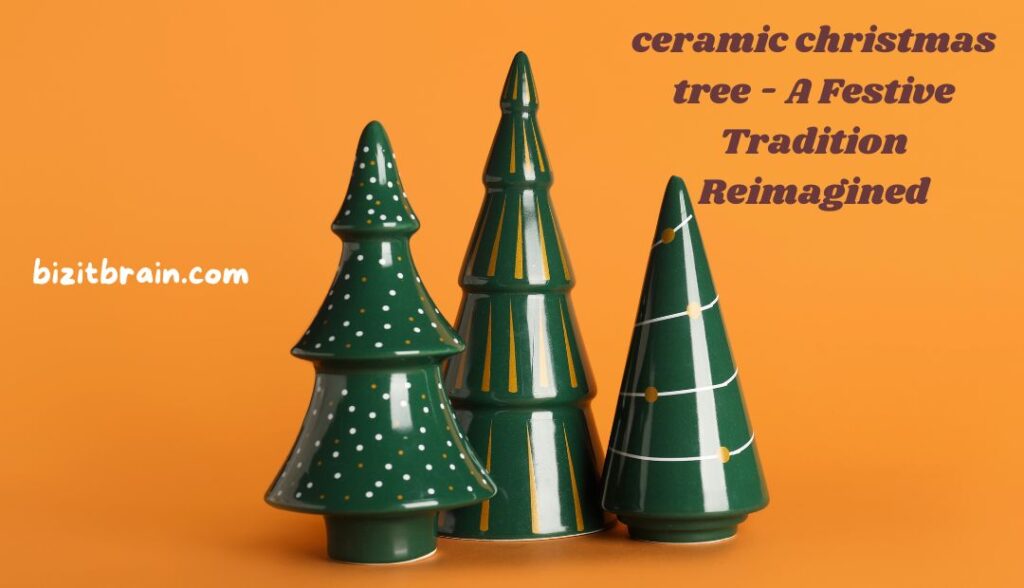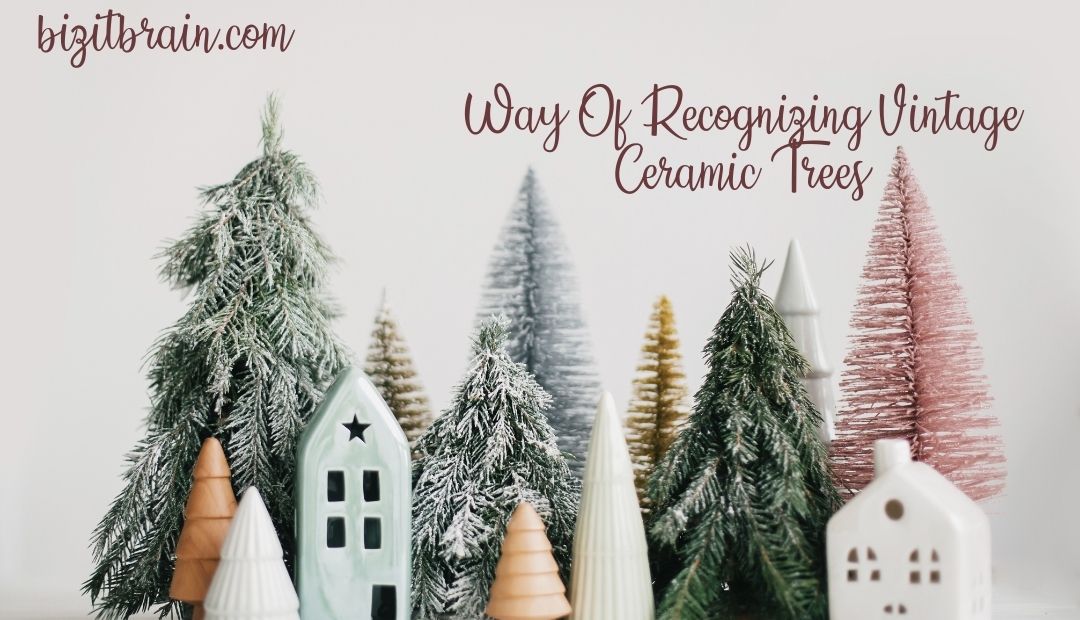
In the 1960s, ceramic christmas trees became an immensely popular trend across American homes. Though eventually they fell out of favor, these little beauties have recently seen renewed appeal as an easy decoration that brings back nostalgic memories. Bulleit regularly receives phone calls from people seeking to create ceramic trees from their old Polaroids and family photographs, and he’s more than willing to assist them in this endeavour
ceramic christmas tree – origins
ceramic christmas tree were an immensely popular design trend during the Mid-Century design era, as their sleek simplicity and nostalgia perfectly aligned with its ideals. By the 1970s however, their popularity began to wane as Americans increasingly adopted artificial tree technologies which offered more realistic effects while being much cheaper than their ceramic predecessors; many families began replacing ceramic ornaments with artificial trees over time until finally by 1990 most had completely lost interest.
Nostalgic, Timeless, Collectibles
Miniature Christmas trees have seen a recent renaissance among collectors, who now pay premium prices for both vintage pieces produced decades ago and newer ceramic ones produced today. If you are thinking of collecting such nostalgic ornaments, it’s essential that you gain knowledge on their characteristics first before getting involved with collecting.
Mold Stamps Authenticity
Identification of vintage ceramic trees often begins with its mold maker. Most companies that produce molds will stamp their copyright date onto the bottom of each base; Atlantic Mold first started producing ceramic christmas tree molds back in 1958 for example, leading some people to believe they own genuine vintage items; this may not always be true however.

Way Of Recognizing Vintage Ceramic Trees
Another way of recognizing vintage ceramic trees is their color or design details. Manufacturers experimented with different shapes and colors during early days of these decorations’ production, creating unique decorations. Many collectors look out for these ornaments with original or colorful designs as a result of this competition between makers and suppliers.
Plastic Lights Dating
One method to date a ceramic tree is its plastic lights. Older versions used individual bulbs that could be lit individually while more contemporary trees use one standard bulb that illuminates all plastic bulbs simultaneously.
Sentimental, Personal, Unique Value
As with any collectible, the value of a ceramic christmas tree depends on its significance to its owner. For some it represents fond memories from childhood; others see it as a connection to family history or simply something to remind them of happy holidays memories – this makes every ceramic Christmas tree truly special and personal for its owner.
Styles
As ceramic christmas tree first gained popularity during the late ’60s and ’70s, they quickly replaced traditional blown-glass ornaments due to their ease of use and low care requirements. Being lightweight and compact made them especially convenient for apartments or smaller homes. By the ’80s though, ceramic Christmas trees had fallen out of favor; those still holding onto them kept them. Today however, retro decorations like ceramic Christmas trees are experiencing something of a comeback thanks to younger people who grew up with them.
Artistic, Affordable, Customizable
Original ornaments from years gone by can fetch a substantial sum on eBay (they’re individual works of art!), but newer models are widely available at most retailers at more reasonable price points. One Kurt Adler ceramic christmas tree measures just 10 inches high and includes multicolored as well as clear lights; its star toppers can even be hand painted for an added personal touch of style! Plus, its 5-foot power cord comes equipped with an on/off switch – great if you don’t feel like spending hundreds.
Handcrafted Vintage-Style Trees
Handcrafted vintage-style trees boast uniqueness not found in mass-produced products from China or Japan. According to an article, it’s important to keep in mind that a date stamped on a tree’s bottom does not indicate when exactly it was made but when its mold design was copyrighted; for instance if one bears the date 1974 on it this indicates Atlantic Mold copyrighting their mold design during that year and production could occur afterward.
Colorful Alternatives to Traditional Trees
Retro decorations have long been a beloved decoration trend due to nostalgia and ease of use. Retro decorations offer something different than standard lighted trees for anyone having trouble decorating an actual tree – or those looking for something with more color and personality than just lights!
Lights
No matter if it was created by you or passed down from family, bringing back to life a ceramic tree can be done with new lighting. There are various LED sets available that will fit your model but choose carefully as their sizes cannot be interchanged; some bulbs change color according to what color emitter LED you have; for instance a yellow bulb will display orange when red LED emitters are present while cyan bulbs will change colors when blue LED emitters are active.
LED Kit for Ceramic Trees
Use a small kit to replace incandescent bulbs on a ceramic tree with LEDs, cutting power consumption by almost half and decreasing fire risks and hazards. Plus, there is an array of colors so you can match or create an entirely different aesthetic in the same display!
Battery-Powered Charm
This Mr Christmas 12″ Nostalgic ceramic christmas tree boasts an elegant design featuring multicolored bulbs and a yellow star, along with its shiny polished light blue finish for easy assembly and operation. Requiring only 3 AA batteries (not included), its four-hour timer ensures maximum battery life savings and helps bring back fond Christmas memories of days gone by.
Value
ceramic christmas tree that once stood proudly on mantles have seen a revival this year and can fetch serious cash, according to News4JAX’s report. Vintage trees are selling online for as much as $1,500 — an ode to Christmases past when families and friends created these ceramic keepsakes together.
DIY Ceramic Tree Projects
Trees first gained popularity during America’s Christmas decorating craze of the 1950s. Stores were filled with everything from holiday-themed furniture and ornaments, paint-your-own projects, DIY ceramic christmas tree crafting classes, ready-made options and paint-your-own ceramic projects – such as premade molds. Over time these trees became less sought-after as more readily-made options entered the market and ceramic classes gradually lost interest as people pursued other hobby crafts instead.
Antique Ceramic Trees on eBay
Today, old ceramic christmas trees are being brought back out from storage by families and people looking for some nostalgia. They’re being sold at flea markets, antique malls and websites like eBay – making for a fun way to relive holiday memories while earning some extra income during this season!
Avoid Misleading Mold Information
One tip for buyers when purchasing vintage Christmas tree molds is to consult the date on the bottom of the base. This date represents when Atlantic Mold copyrighted the original tree mold rather than when production of said tree occurred, which may lead to false assumptions regarding value of these items.
ceramic christmas tree – replicas
ceramic christmas tree – Although you’ll find some truly vintage pieces out there, there are also newer replicas that offer similar charm and kitsch. From pink pearlescent options from Walmart to those sporting Wisconsin Badger-related college team themes – these trees provide a touch of nostalgia while supporting local small businesses and artists.